Drumley House
James Stewart was born in 1609 at Drumley House in Mossblown, Ayrshire, Scotland. While it is rumored that he was an "
undocumented bastard son" of Sir James Stewart, 4
th Earl of Ochiltree, I cannot in good faith claim Sir James as a grand sire and thus must give up my kinship to
Robert the Bruce.
I cannot find any reference to the construction date of Drumley House. However, prior to its conversion to a
preparatory school for boys in 1960, it had been converted to a
maternity hospital. In 2013 it was deemed unfit and
demolished along with, perhaps, the documentation of James Stewart's parentage.
Jame's son,
John Stewart (Stuart), was one of the group of
Forfeited Covenanters who, because their religion was on the wrong side of those in power at the time, were forced to forfeit their possessions and "move" to
Northern Ireland. Somewhere along the way, their surname changed from Stewart to Stuart.
We started the day with plans to stop for breakfast at
The Cotton Trail Cafe near
Mauchlin. I had picked this from Google maps. When we arrived, it seems that the cafe had been closed due to
Covid; however, we found a take away around he corner with the same name. We explained that we were looking for a sit down breakfast and they pointed us on in to Mauchlin. Here we found
The Mossgiel Snug, a small coffee house that served breakfast sandwiches and had three small tables. Here I also found that I could have
Lorne sausage, similar to our sausage, made from minced meat, rusk (a hard bread) and spices.
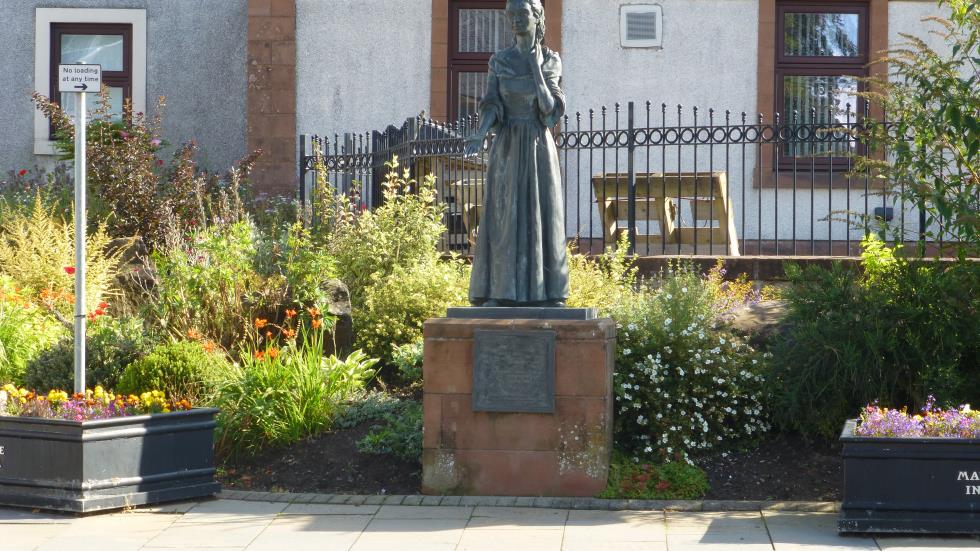

Dundonald Castle
From here we proceeded on to
Dundonald Castle. Built in 1371 by
Scots King Robert II, second son of Robert the Bruce, it was used as a royal residence by both him and is son
King Robert III. It stands on a hilltop overlooking the town of Dundonald and is thought to be the site of a dark age hill fort as well as three medieval castles.
The castle consists of a basement, a vaulted hall and the king's quarters atop the hall. I did not take into account that the king's quarters were not just a single flight when I decided to visit it up the spiral staircase. (Fortunately, other than weak knees at the top, I have not suffered any long term sore thighs.)
One thing I learned from the docent was that notables wore "icons" or crests such as the
so that the masses could recognize them. After all, they did not have the constant bombardment of news that leaves present day leaders burned into our memories. I had been aware of the crests adorning shields in battle and sport, but had not thought of it being applied to everyday clothing. While the wearing of such back then by anyone but the King would probably result in severe punishment, today anyone can buy a t-shirt with a royal crest.
We had quite a talk with the docent who was more than delighted to discuss local issues and, to some extent, politics. At the base of the castle hill is the Visitor Centre. Here, over sandwiches and a
diet Irn Bru we had a delightful talk with Jimmy and his wife (whose name I did not get). Born in '45, he spent 45 years as a truck driver (oddly he did not say
lorry, possibly for us colonist), Our discussions touched on many aspects of local life including the
current garbage strike and other necessities. I find these discussions with local folks often much more interesting than the life of Robert II.
We finally finished our meal and parted ways and we headed on back towards
Crawfordjohn. As in the States, they are rushing to finish up any road work before bad weather sets in. We had passed several work site where we were "
diverted" to a single lane around the work. However, this day we came upon not one but two road closures that caused us to detour around. The first was in a small town and Our Lady of the GPS found a way around. However, it did take us down a short stretch of roadway that I was surprised was even in her database. It was more of a narrow wagon way with bushes on each side that actually whipped me inside the car window.
The second closure was in the middle of nowhere and we had to just turn around and take a road 90° to our path. Fortunately Our Lady computed a new path rather than forcing us to U turn go back to the original path.
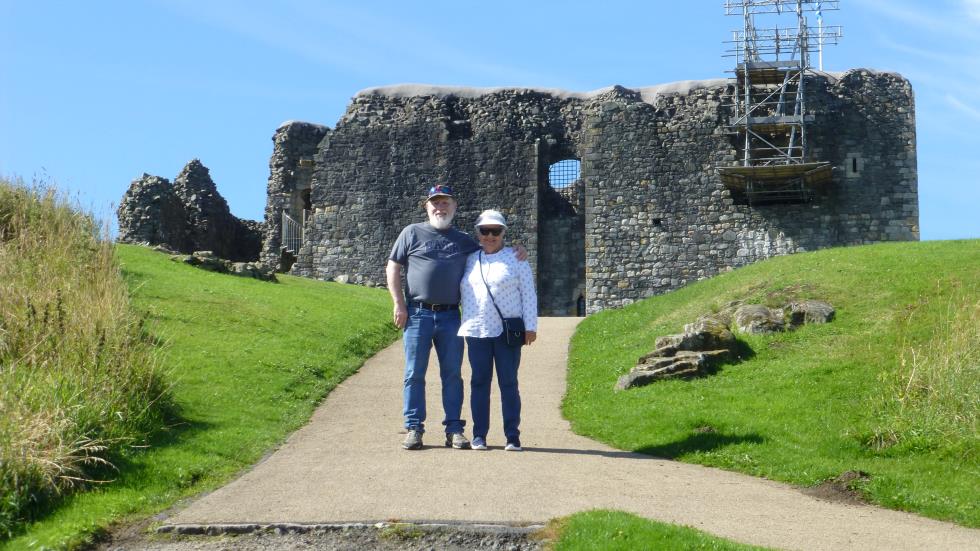
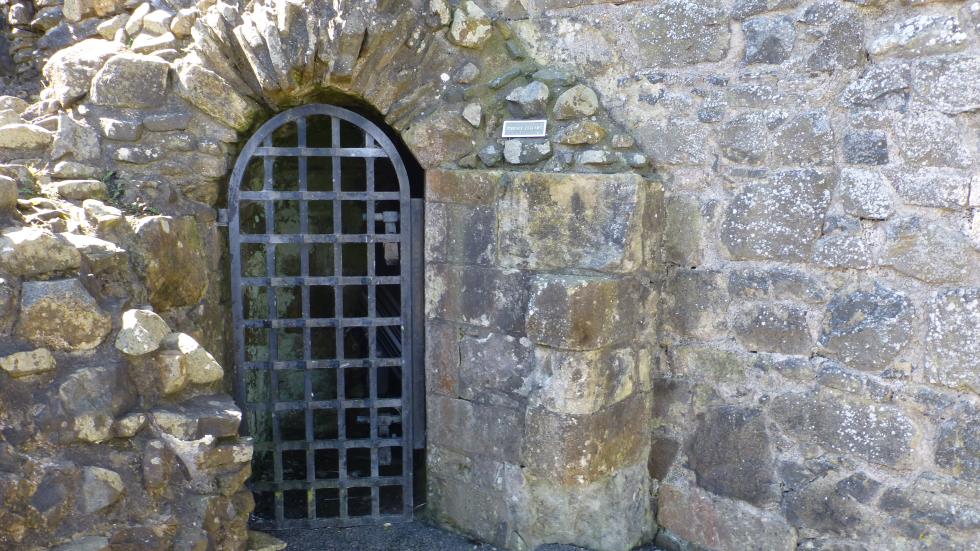
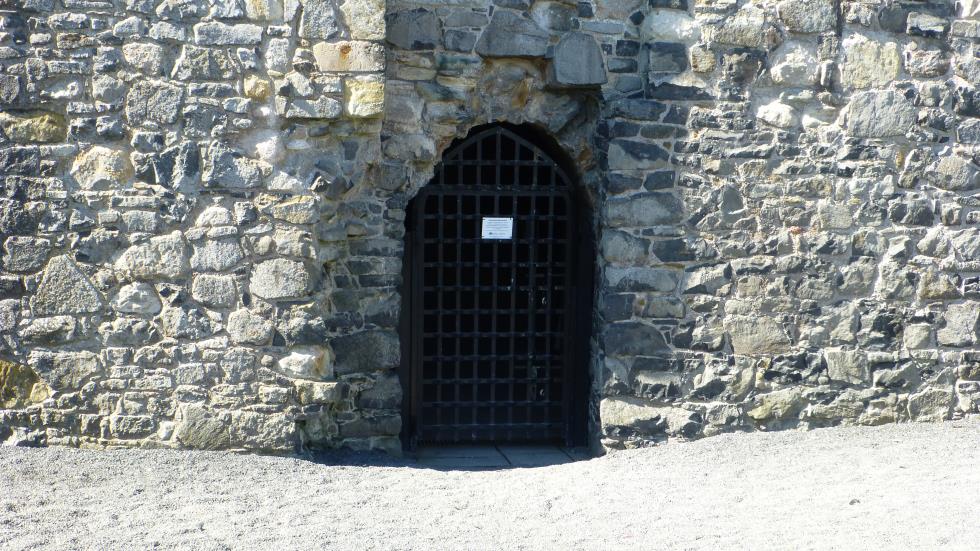


The Crawfordjohn Heritage Center
Back in Crawforjohn, we visited the local
Heitage Center. Located in an old church building, it contains bits of information on the area and can assist in ancestry research. The two ladies manning the facility said that they could not help us with research into the Stuarts since, by its very nature, they would not have documentation on
undocumented events. But we had a delightful visit and they pointed me to a nearby stone circle and provided a copy of instructions to help find it. It involves walking across an uneven field to find low stones covered by tall grass. We will try to work it in if we can.
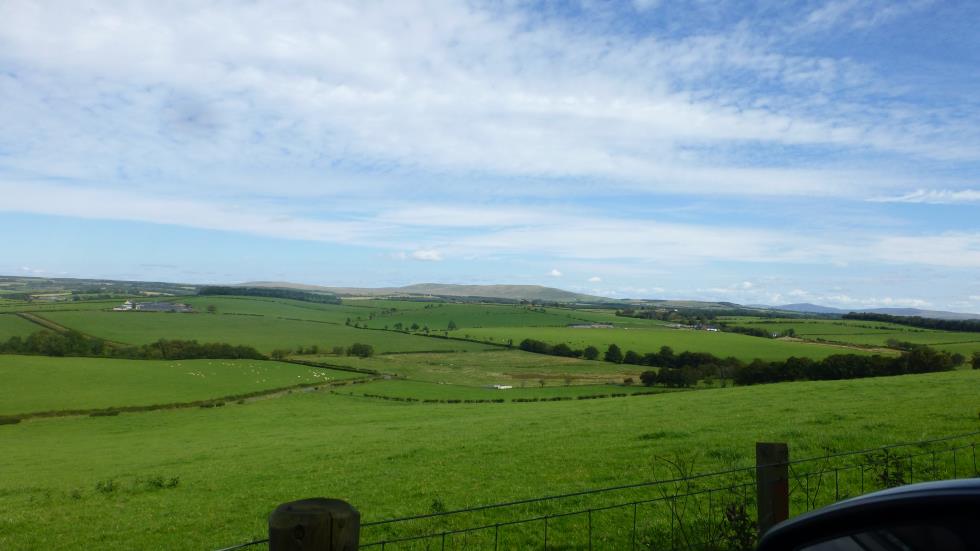
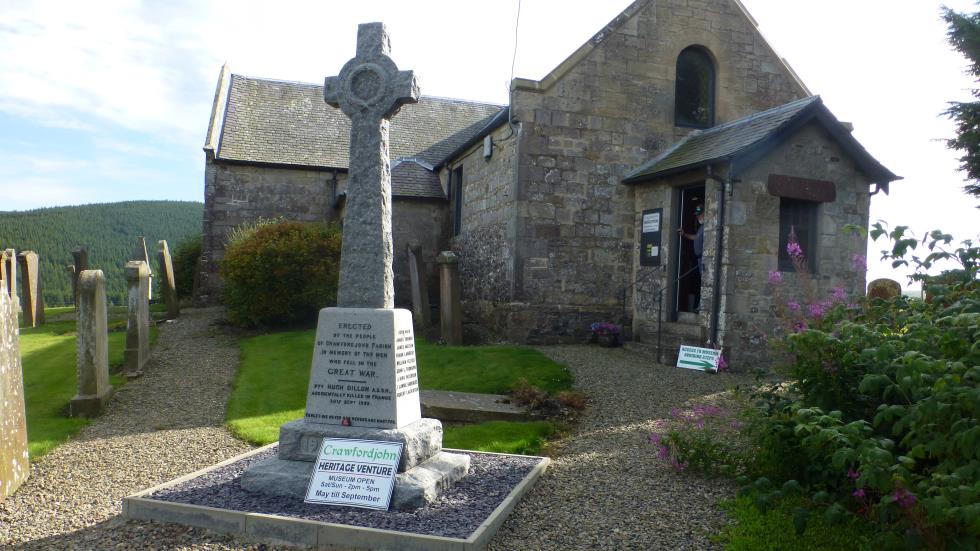

After dinner at the Colebrook Arms, we returned to rest for the evening.
Our plans for Sunday are to visit the
Melrose Abbey where the
heart of Robert the Bruce is said to reside. There is a stone marker (I have seen it) but the truth of the heart's presence is questionable.
We will meet my friend
Barry Austin for lunch in Melrose, his home town. I'm sure we will spend much of he time talking about our dear friend
Alex.



 To Day 4 - Melrose Abbey & Lunch with Barry
To Day 4 - Melrose Abbey & Lunch with Barry